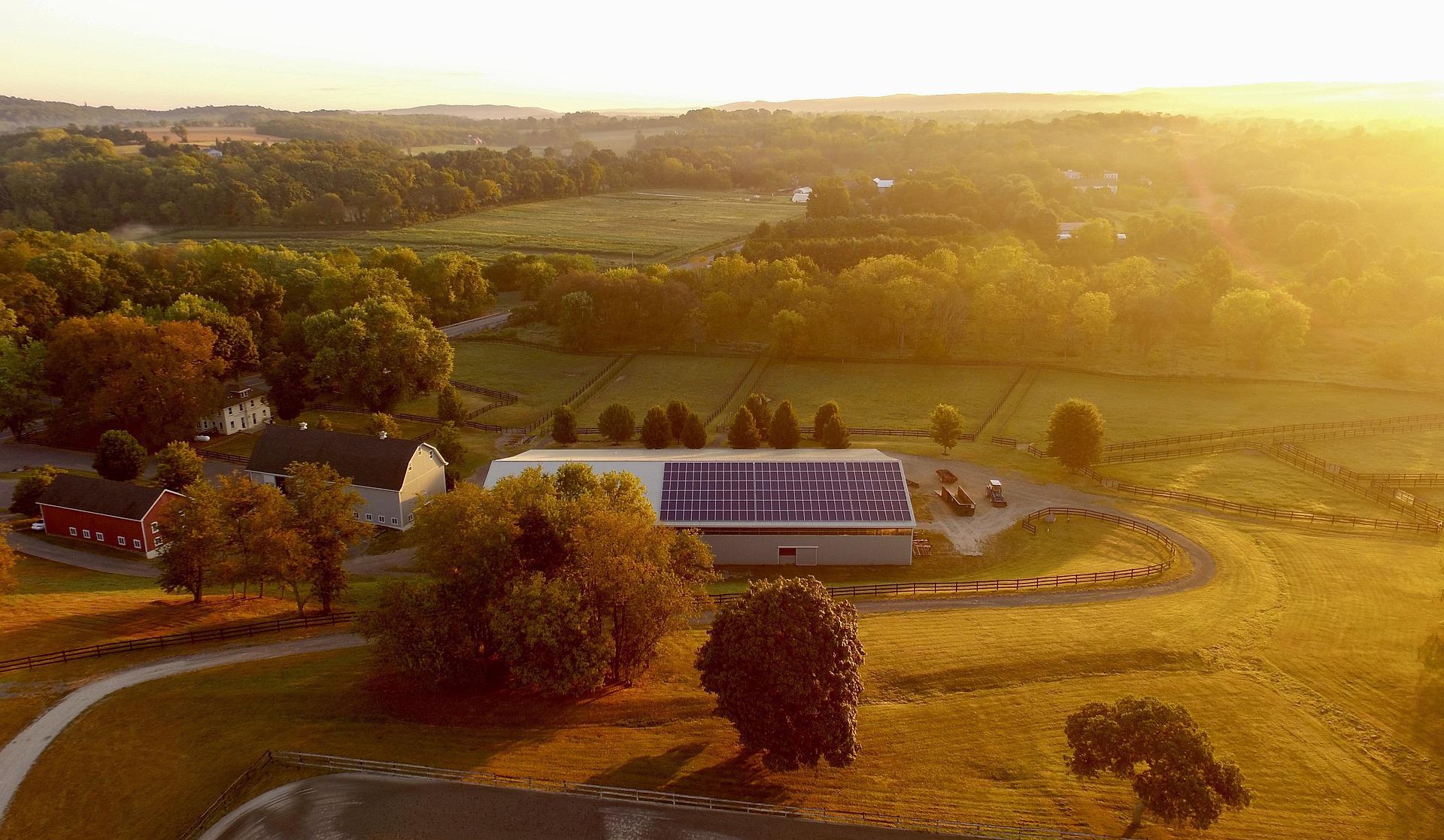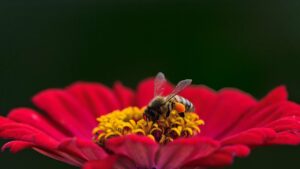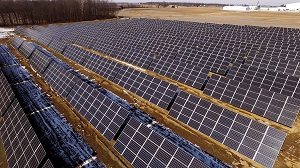Solar farms are becoming more popular across the U.S. as landowners use these unique farms to power their communities and send unused electricity to the power grid for profit.
“According to the 2009 On-Farm Renewable Energy Production Survey, solar projects are the most prominent way to produce on-farm renewable energy, as they are present in 93% of farms with on-farm renewable energy production,” shared Energize Ohio, an Ohio State University Extension.
As solar farms continue to grow, researchers at the University of Georgia set out to enhance the biodiversity on solar sites to support a larger, multidisciplinary research program focused on sustainable energy and ecosystem health.
The Photovoltaic Stormwater Management Research and Testing (PV-SMaRT) project, funded by the U.S. Department of Energy’s Solar Energy Technology Office, is investigating stormwater infiltration and runoff on solar farms in five existing solar sites located in Georgia, New York, Colorado, Oregon and Minnesota.
A solar farm composed of over 3,800 panels now lives on the seven-acre research site in Plains, Georgia that used to belong to former President Jimmy Carter’s family for peanut and soybean production. As a Plains, Georgia native, President Carter was known for his advocacy of clean energy development across the U.S.
Biodiversity on Solar Farms
UGA Cooperative Extension specialists and researchers in the College of Agricultural and Environmental Sciences are experimenting on wildflower mixes planted in the panels to investigate how to increase biodiversity on solar farms. The tests will measure habitat establishment and success across several seasons.
Researchers will also evaluate the effect grass and wildflower mixes have on pollinator populations to restore pollinator habitat, a primary goal for former First Lady Rosalynn Carter, who assisted in the creation of the Rosalynn Carter Butterfly Trail.
Jason Schmidt, associate professor of entomology, shared that deciding which plants to grow on the solar farm was based on, whether they would grow in South Georgia, attract pollinators and natural enemies of common pests (beneficial insects), and easily start from seed. The researchers were also sure to select annuals and perennials that would bloom throughout the season,” said the news release.
The species selected were chosen for the potential to thrive in hot, dry conditions, as the farm is not irrigated.
“We also looked for varieties that would bloom under the panels so they were not in direct competition with the primary goal of the site, which is solar energy,” said Schmidt. “We wanted full-season bloom, so we chose species that would bloom at certain periods and then combined all of those bloom periods so we would always have something blooming across the season.”
The UGA team focused on three different seed mixes:
- A grass mix including crabgrass, annual ryegrass and panicum
- A low-diversity pollinator mix composed of seven species including butterfly milkweed and Indian blanketflower
- A high-diversity pollinator mix composed of 18 species such as partridge pea, black-eyed Susan and yarrow
While the wildflower plots are still being monitored at the Carter farm to distinguish the full impact of the seed mixes, Bodie Pennisi, UGA professor of horticulture, and Schmidt stated only around 35% of the species planted were successful on the site.
Researchers have encountered aggressive weed pressure stemming from native and exotic weeds.
“Weed pressure is unrelenting,” said Schmidt. “That’s really the challenge anywhere, because the (weed) seed bank is very rich in the soil, and every time you turn the soil, it moves seeds toward the surface. This is a problem that occurs over and over, but if you mow often enough you hope to reduce the seed bank so you are not going to have newly formed seed. But it takes years and years to know whether you’ve exhausted the seed bank meaningfully.”
UGA soil scientists will continue to monitor the site to investigate the connection to soil moisture, temperature and if soil microflora is enhanced by the plantings. The project has been extended for three years due to recent funding to the National Renewable Energy Laboratory (NREL).
Read More About Solar Technology:
NEOM Adopts Pioneering Solar Dome Technology for Sustainable Desalination Project
Beck’s Installs Energy-Saving Solar Panels at Indiana Headquarters













